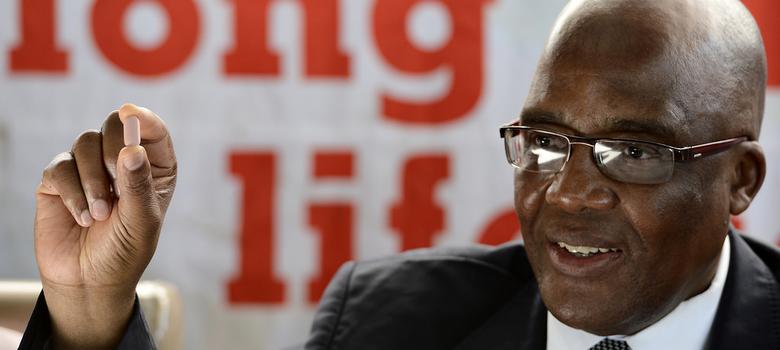By S.N. Mishra
12 Aug , 2015
The aerospace sector has been built up largely through Transfer of Technology and licensed production…
India’s military industrial complex accounts for nearly $8 billion in terms of Value of Production (VOP) with wide ranging products from aircrafts, missiles, frigates, radars, earthmovers and super alloys. The aerospace sector contributes nearly 50 per cent of VOP of the defence PSUs with a value addition of around 30 per cent. However most of the output of Hindustan Aeronautics Limited (HAL) is based on licensed production. It is of late engaged in the co-design and development of a Fifth Generation Fighter Aircraft (FGFA) and a Multi-Role Transport Aircraft (MTA) with Russia.












